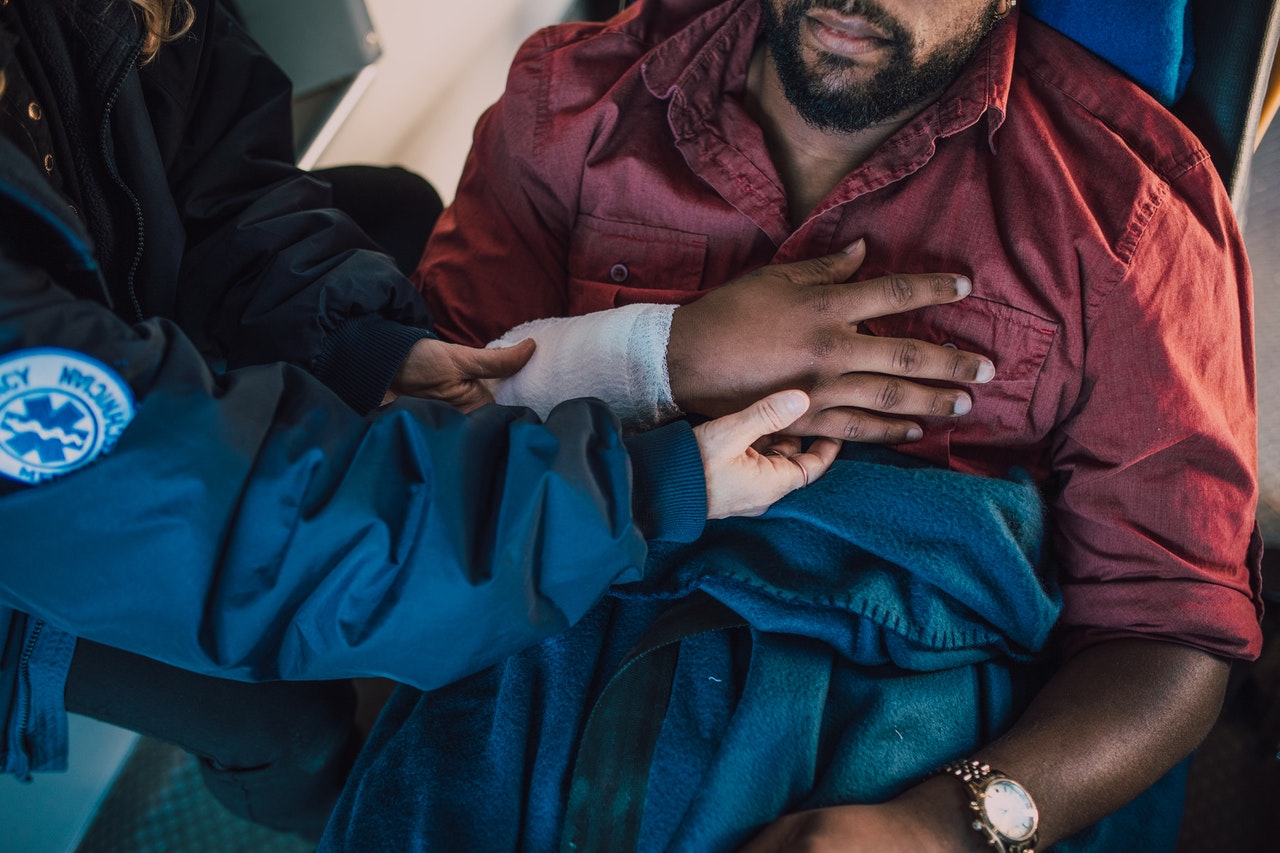Counsel & Heal Buzz
A Basic Guide To Personal Injury Claims

(Photo : A Basic Guide To Personal Injury Claims)
When an accident occurs, more often than not someone gets hurt or injured. The injured person is usually brought to a clinic or hospital, where they're eventually provided with the necessary treatment. But there has to be a reason why the incident or accident happened. It could be a person or an entity that's responsible for the whole thing or to which the circumstances leading to the accident can be attributed.
If it does happen to you or a loved one, you don't have to feel as helpless as those who'd gotten hurt due to another person's negligence but were never compensated for what they went through. To avoid the same fate, it's a must to file a personal injury lawsuit as soon as possible. You can try here to learn more about the statute of limitations for personal injury claims.
Basic Concepts Of Personal Injury
In a personal injury lawsuit, an individual has caused harm to another person, either due to negligence or malice (intentional fault), and the victim ends up suffering from injuries. Some examples of personal injury are the following:
-
Accident - This is when someone negligent in their actions causes harm to another person or several persons, resulting in injuries. Specific examples of this are when someone gets into a car collision, when a doctor or a surgeon makes a mistake in treating or operating on a patient, and when someone slips and falls while on another person's property.
-
Product Liability - The second main type of personal injury has to do with defective products. Examples are working tools or construction equipment that cause injury even when used correctly and are eventually deemed defective. The same goes for cosmetics and skincare products that trigger irritation or, worse, skin damage due to their formula, chemical makeup, or processing.
-
Intentional Acts - An intentional act is when one person deliberately harms another person, causing injury.
The Injury And Aftermath
Every personal injury is the result of an incident or accident that can be attributed either to a set of circumstances caused by a person or entity or to the negligence of a person or entity. Here's an outline of what usually happens when someone gets injured:
-
Because of their injuries, and depending on whether they suffered severe or minor injuries, the victim goes to the clinic or hospital so their injuries can be addressed by medical doctors, health professionals, or wellness therapists.
-
Before checking out, the injured person gets the bill for all the medical expenses incurred. They have to pay for it so they can get out of the hospital or medical center. Otherwise, they can usually sign a promissory note indicating they don't have the money yet but will surely pay as soon as they have adequate funds.
-
Once the injured person gets home, they might have to stay there and complete their recuperation if their doctor has advised them to do so. If they're currently employed, they may be forced to use up their paid time off or go on extended unpaid leave. The latter would be a problem if they don't have an emergency fund to tap into or loved ones to help them. In some instances, the injured person suffers total disability such as being paralyzed and is no longer capable of going back to their job.
The Claim Process
Even though the kind and extent of injuries vary from one individual to the next, the process of claiming compensation and damages for personal injury is generally uniform. Here's a step-by-step outline of what happens when you decide to file a personal injury claim.
-
After the injured person has slightly recovered from what happened, they realize they wouldn't have been harmed or severely injured if it weren't for the negligence or fault of the person who triggered the entire situation. The injured person can ask family members and friends if they could refer them to a lawyer who handles personal injury claims.
-
The injured person then consults with a personal injury lawyer. They tell their lawyer everything they can remember about what happened as well as the person who caused the injuries. Once the lawyer has gathered the necessary information, they'll draft the lawsuit and eventually send a demand letter to the defendant for compensation, payment of medical expenses, loss of wages, and possibly damages.
-
Upon receiving the lawsuit, the defendant also has the freedon to hire their own lawyer. They may ask for settlement negotiations, during which the defendant's lawyer declares the amount they'd be willing to pay to settle the lawsuit. If both parties agree on the settlement amount, that means they reach a settlement agreement and the lawsuit is dropped. The defendant has to write a settlement check and send it to the claimant's counsel.
-
However, it's possible that both parties don't reach an agreement, or both are unable to agree on a settlement amount even if they both want to settle. In that case, the lawsuit will go to trial in the court where it was filed and has jurisdiction over the case.
-
During the pre-trial period, you and the defendant will exchange pleadings as well as evidence through your respective lawyers. The court will also set a trial date. During the trial, the claimant will present their evidence and put their witnesses on the stand. When the presentations are done, each side will give their closing statements. The case is then submitted for decision. The jury or the court will come out with its verdict. This part of the process may take anywhere from minutes to days.
What Happens To The Injured
When a person gets hurt or is intentionally harmed by someone else, they can file a lawsuit against the individual or entity responsible for their injuries. From the time the accident or incident happened, there's a logical sequence of events that follows. The parties will try to arrive at a settlement, but if they're unable to agree on an amount, then the lawsuit will have to go to trial.
* This is a contributed article and this content does not necessarily represent the views of counselheal.com









Join the Conversation